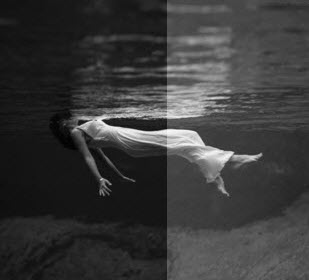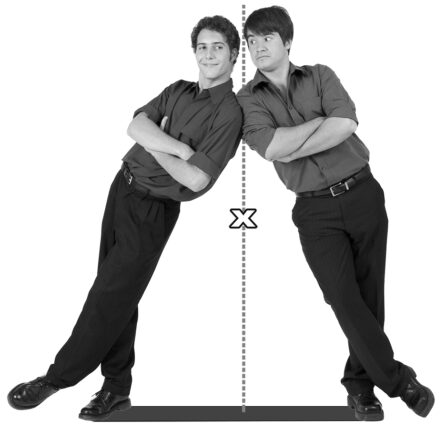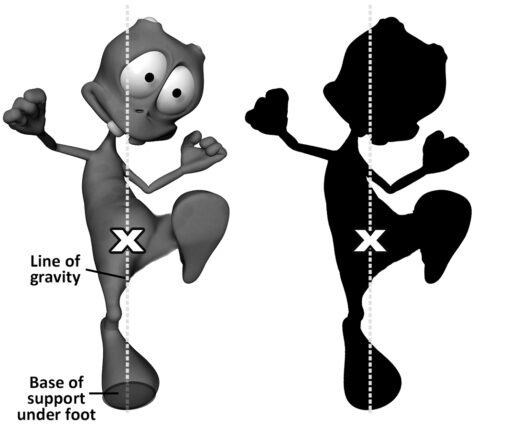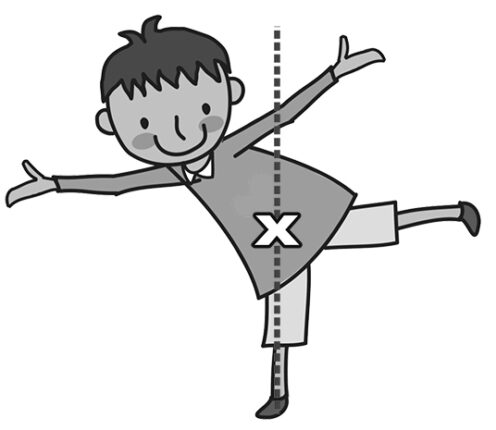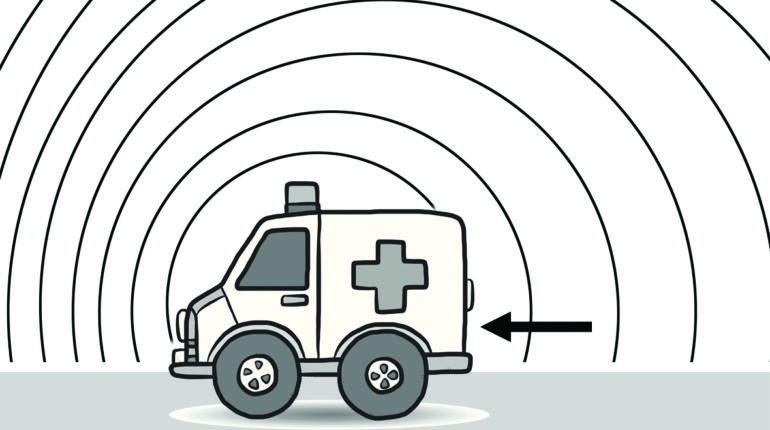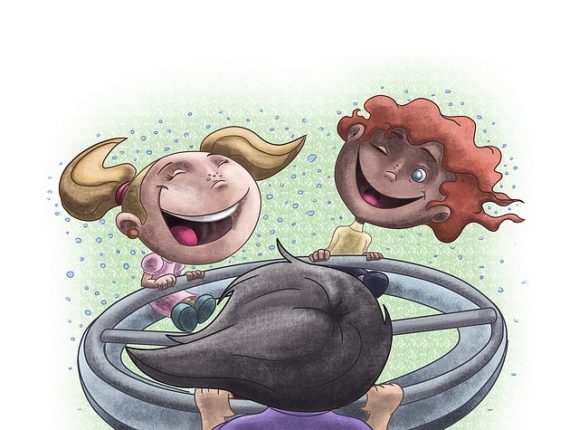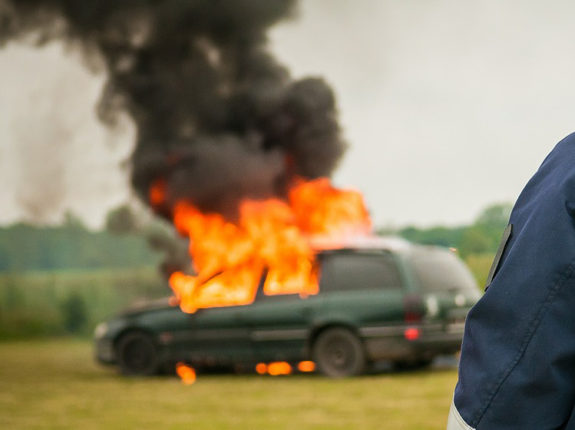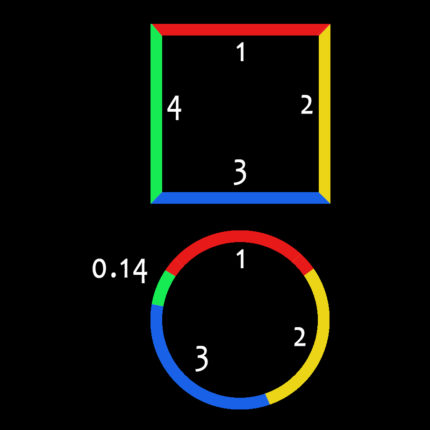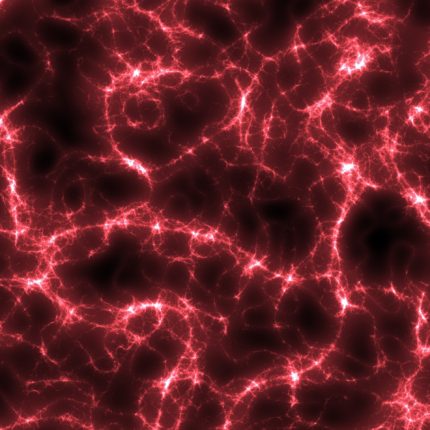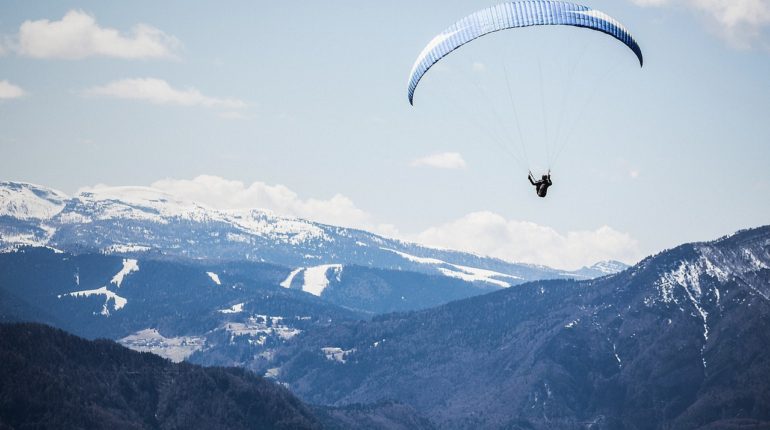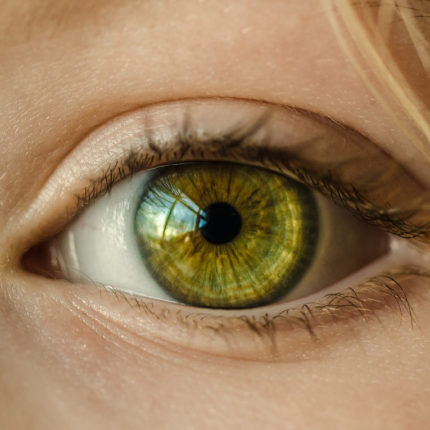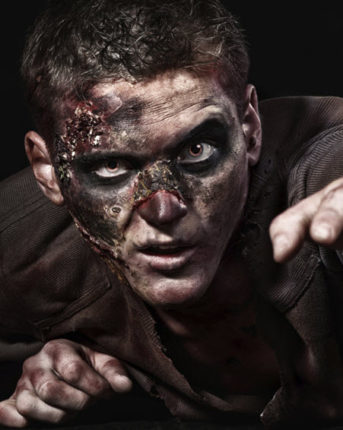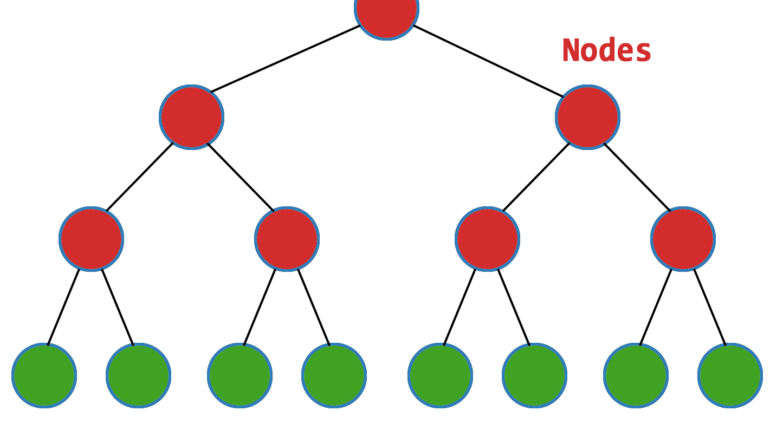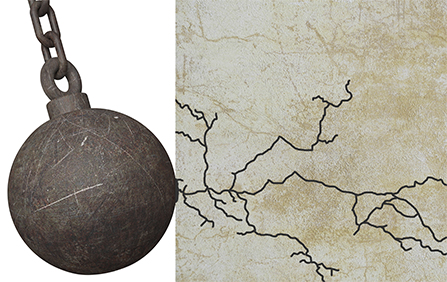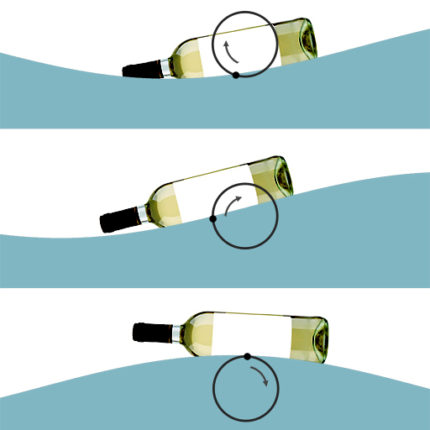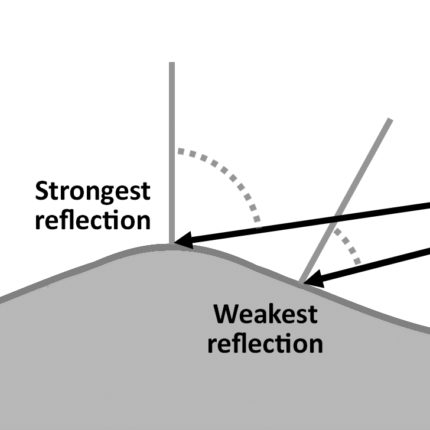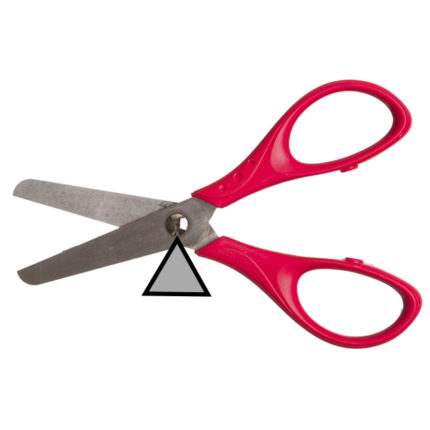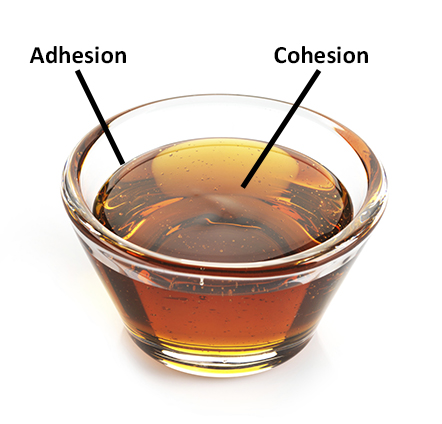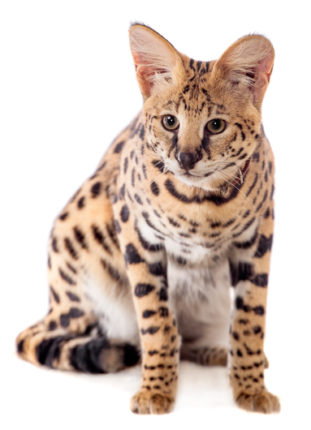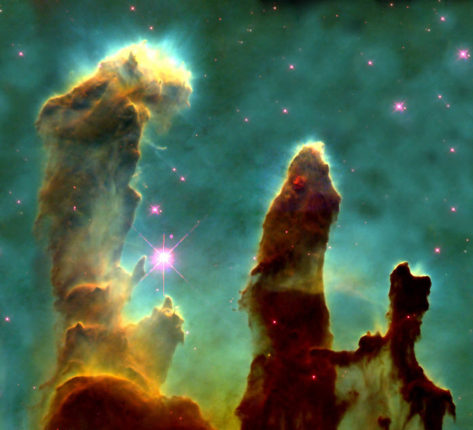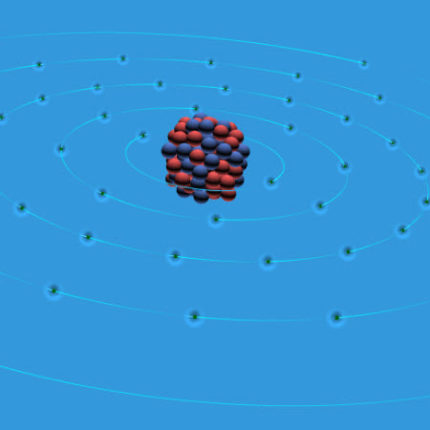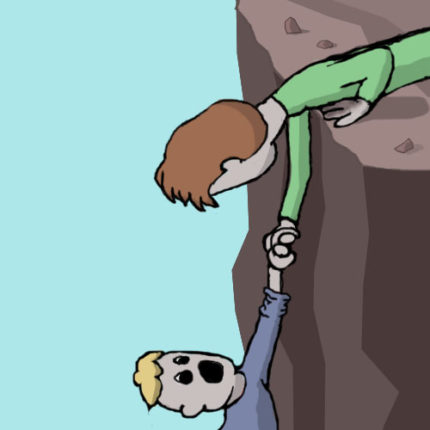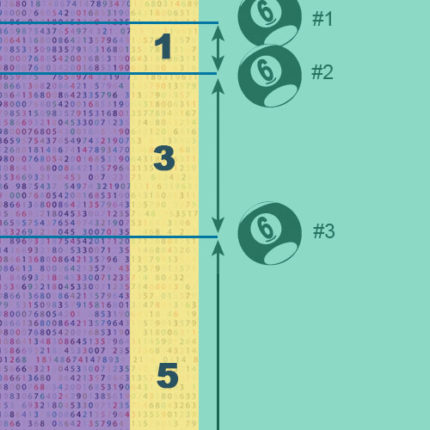Making photorealistic renderings depends on your ability to control gamma correction.
Category: Book
Squeezing the ketchup bottle: Newton had it wrong
Why do some fluids respond to forces differently?
Character design 3: More than two legs
This post is the third in a series on applying the physics concept of center of gravity to character design. In the previous post in this series, we looked at using action poses to help find a center of gravity that would prevent the character from tipping over. For a quadruped (four-legged creature), the base […]
Character design 2: Will it tip over?
This post is the second in a series on applying the physics concept of center of gravity to character design. In the previous post in this series, we looked at finding a character’s center of gravity, which is usually just below its belly button. When creating a model sheet, you probably have an idea of […]
Character design 1: Center of gravity
This post is the first in a series on physics concepts for character design, concepts that greatly impact how well the character can execute motion in animation. When working out how to balance a character or object, your first order of business is to figure out the center of gravity. The center of gravity, also […]
Mirror reflections in animation
Representing mirror reflections is a tricky business in all visual arts. Nowadays, we can use 3D software to calculate reflections. But before CG was available, any mirror reflections in animation, drawings, and paintings had to be figured out by the artist, and matching the subject with its reflection was solely the artist’s responsibility. We see […]
Hear it before you see it: The Doppler Effect
One way to give the effect of a moving object is to use sound. A moving object making a particular sound, such as an ambulance with a blaring siren, can seem to be making sounds with two different pitches. This is because of the way sound waves work. As a moving object approaches making sounds, […]
Centrifugal force: Useful for animation, but not really a physics thing
Centrifugal motion and forces aren’t really a thing in physics, but you can use them in animation to enrich your scenes.
Flammable or inflammable?
Is it flammable or inflammable? Why are these terms confused?
What is a gas, really? And can it always explode?
The term gas explosion could be used to describe several different kinds of explosions. In order to understand this, let’s take a look at different definitions of the word gas. Gas – Short for gasoline, a flammable liquid commonly used to fuel vehicles, called petrol outside North America. Gas – Short for propane gas, a flammable vapor […]
Why you need pi in animation
When you were studying animation, you probably thought you had no need for math. But one thing you definitely need to know about is the value known as pi, and how you can use pi in animation. Why pi? For centuries, mathematicians were obsessed with the relationship between the diameter of a circle and its […]
Lightning burn reference
If a character or environment object in your scene is struck by lightning, you’ll need some reference for the jagged burn pattern that will visibly emerge after the strike. The burns from a lightning strike aren’t just random lines—they follow a specific type of pattern. Lichtenburg figures, besides providing a great lightning burn reference, are […]
Cloud reference, the hard way
Ah, storm clouds. So beautiful and exciting! If one of your characters is going to fly through a storm cloud, you’re going to need some cloud reference. And what better way to get it than to paraglide through the clouds? Before you sign up for classes, consider the story of Ewa Wiśnierska, a German paragliding champion who did […]
What is fire?
I recently discovered minutephysics, a YouTube channel with a lot of short, interesting perspectives on different physics concepts. Below is my favorite, called What is fire? There’s even a few tidbits in there that will help artists depict fire more realistically. In Physics for Animators, you can learn more about how to depict fire in […]
Types of clouds
A cloud is a big fluffy thing made of water droplets, right? Well, yes, but there are around a dozen types of clouds, each with different characteristics. For example, a rain cloud can be a fluffy blob or a big sheet that extends across the sky, but a speckled cloud is made of ice and […]
Why do we have eyes?
Why do we have eyes? It might seem like a weird question. Maybe a better question is, why do we see at all, and why do we see colors and shapes? The evolution of our eyes holds the key to this question. Let’s take a step back and look at what “sight” actually is. What we […]
Does Spider-Man pass the physics test?
I’ve recently discovered a blogger that tackles the tough questions of movie physics. Rhett Allain is an Associate Professor of Physics at Southeastern Louisiana University and the author of the Wired magazine science blog Dot Physics. His blog covers many questions near and dear to the animator’s soul, at least when it comes to physics. […]
Why is the sky blue and not purple?
It’s a common question from children: “Why is the sky blue?” And why is the sky sometimes a striking red, or even pale yellow? The fact that a gigantic swath of near-nothingness can change color so dramatically has given rise to countless mythologies over the centuries. And now that we have science to tell us […]
Animating death in outer space: What really happens?
After vicious hand-to-hand combat in the airlock, the hero shoves the villain out into the cold vacuum of space, where cosmic radiation immediately burns him to a crisp. Hurrah! Justice! While this makes for good cinema, it’s not entirely accurate. So what really happens if you’re ejected into outer space without a helmet or spacesuit? Knowing the […]
What is a BSP Tree? Demystifying the Rendering Process
Many 3D modeling and rendering programs utilize a Binary Space Partition tree (BSP tree) to make rendering go faster. Sometimes these programs will even have customizable settings for the BSP tree. But it’s hard to customize a BSP tree when you don’t know what it is! Let’s demystify the BSP tree with a simple explanation, and […]
The Physics of Human Scale
How much can a human body be scaled before the physics break down? This was the question a VFX artist asked me last night at the New Orleans VFX & 3D Animation Meetup. A quick answer comes from looking at the tallest and shortest people that have ever survived into adulthood. The world’s shortest living person is about two feet tall, […]
Breakage and Fracture
One of my favorite areas of study is about how things break. Surprisingly (or not so surprisingly) physicists haven’t made very many studies on this subject–engineers and scientists are more interested in how to design things so they don’t break. This lack of study means we animators don’t have a lot of technical information to go on. […]
Should 3D artists know how to draw?
As a teacher of mostly 3D modeling subjects, I am often asked by students if they should learn to draw. While there’s no definitive Yes or No answer to this question, I found this article at CGSociety particularly insightful. While I certainly know a lot of successful 3D artists who can’t draw, the ones who […]
Message in a Bottle
A message in a bottle bobs along in the ocean waves. What could be more evocative? Castaways throw them, poets and songwriters write about them, and we all hope to find one someday. But filming such a scene is problematic, as I found when I tried to shoot one not long ago. The bottle goes where it wants […]
Fresnel, or why the lake is opaque
When you look down into ocean or lake water, sometimes you can see objects or surfaces just below the surface while other times you can’t. In other words, in some places the water is transparent, but in other places the water is opaque. At first glance, you might think the reason you can see the lake’s […]
Levers, Levers Everywhere
I first became interested in levers when I started doing renovations on an old house. I am not a particularly strong person physically, and I had trouble doing certain tasks like removing rusty nails from door frames and such. The magic of levers is that they can convert a small amount of energy into a […]
Glass vs. plastic
One of the first challenges a CG artist faces is making a 3D model look like glass instead of plastic. Your audience can tell the difference, even if they can’t tell you exactly why. There are a few important differences in the way glass and plastic look. One of the major distinctions between them is […]
Slow Motion Water Splashes
In researching Physics for Animators, I came across the Splash Lab at Utah State University. In the Splash Lab, students are encouraged to drop things in liquids and photograph them in extreme slow motion. Watching videos like the one below can go a long way towards gaining an understanding of how liquid behaves during a […]
Cats on every continent
Cat species can be found on every continent with a moderate climate. However, cats differ greatly from one continent to another–cougars are found only in North America, while leopards are only in Asia. How did these different strains of cats evolve so differently, yet similarly enough to be definitely recognizable as cats? The answer lies in the geography […]
The colors of space
The Hubble Telescope has given us some beautiful images from deep space. A familiar example is the Pillars of Creation formation in the Eagle Nebula, a breathtaking formation of gas clouds in our own galaxy. Much of the light it emits is in the red part of the spectrum, when considered strictly in terms of light wavelength. […]
Periodic Table Game
In the chapter Matter and Masses in Physics for Animators, we discuss the Periodic Table of Elements and its role in physics. This table is important, but it can be hard to visualize how the various levels on the table relate to levels of electrons. Imagine my delight when I found this 3D Periodic Table game that […]
Real-Life Rocket
The 1995 film Apollo 13 is a historically-accurate recounting of the problems encountered by astronauts and engineers during the 1970 USA space mission of the same name. Although I didn’t see the launch of the Apollo 13 on TV, I did watch NASA’s live broadcast of the 1969 launch of the Apollo 11 (along with millions of other Americans […]
Color and Perception
For anyone with working eyesight, color is an integral part of everyday life. We use colors to tell one thing apart from another. Animals use color to detect danger or food. We are so accustomed to color in our everyday lives that it’s easy to forget that color is just a perception. Color is not […]
Friction: your best friend on Earth
A common animation scenario involves two characters pulling toward one another, as in a rescue scene. Understanding the part gravity plays in such actions is key to animating the scene with enough realism to keep your audience engaged in the story. Every object on Earth is continually responding to gravity. At every moment of every day, […]
Timing and scale
Did you know that the apparent scale of an object in your animation is directly related to its timing? Check out Alejandro Garcia’s post at Animator Island that discusses the relationship between these two important animation concepts. Physics for Animators also includes an entire section on Motion and Timing. The book covers a number of different […]
Speed, velocity, and acceleration
You are probably familiar with the terms speed, velocity, and acceleration in everyday language, and perhaps you have even used them interchangeably. In physics, these terms have precise definitions and are expressed in a certain way. Speed Speed is how fast something is going, regardless of its direction. It is expressed as distance per time. Common […]

